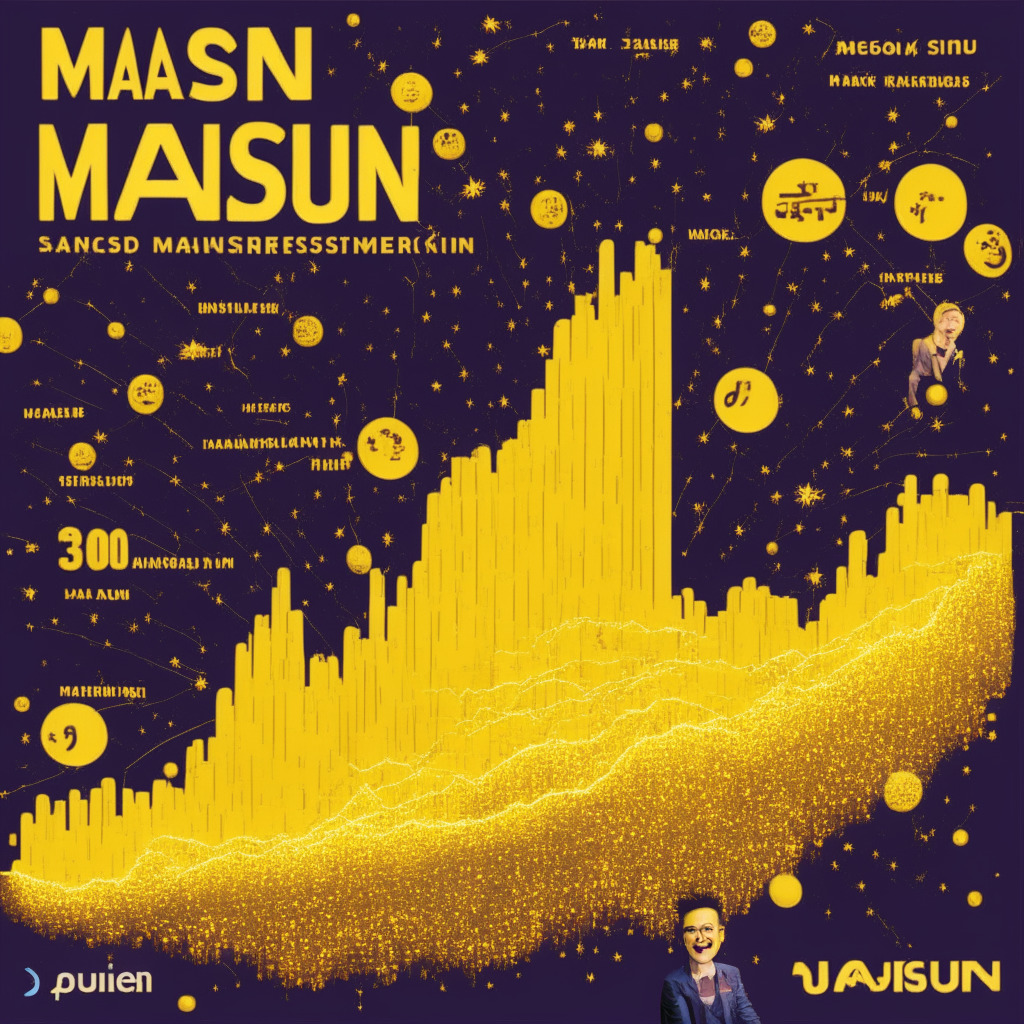The concept of AI-generated writing is not new, and its rapid development has begun posing challenges, particularly in the academic sector. As advanced AI-driven language models such as ChatGPT become more prevalent, researchers at the University of Kansas, according to an article in Cell Reports, have developed a method to identify AI-generated academic science writing with over 99% accuracy.
The researchers assert that the need to differentiate between human and AI-generated writing is becoming more urgent, especially in higher education and scholarly works. Despite previous attempts to detect AI writing, consistent success has yet to be achieved. For example, OpenAI‘s own detection efforts have not been entirely reliable.
The recent research sets itself apart by focusing solely on the distinct tone and purpose of academic science writing. By comparing notes taken from human-written perspectives and ChatGPT-generated articles on similar research topics, the researchers identified specific markers in AI writing. For instance, ChatGPT’s consistent usage of words like “others” and “researchers,” as opposed to “however,” “but,” and “although,” has become an unmistakable indicator. Furthermore, AI writing typically lacks the complexity in paragraph structures, varied sentence lengths, and fluctuating word counts often seen in human writing.
When put through rigorous testing, the proposed model demonstrated remarkable accuracy in distinguishing AI-generated articles from human-written ones. The model even reportedly outperformed an existing AI text detector available in the market. Nevertheless, there are concerns about the adaptability and feasibility of the model, particularly as AI-writing technology rapidly evolves.
As more advanced AI tools surface, the challenge becomes a technological arms race between those who aim to perfect AI writing and researchers dedicated to developing improved detection methods for AI-generated content. A potential hazard lies in users manipulating open-source Large Language Models (LLMs) to avoid detection.
Although still in its infancy, the method’s principles could be adapted for a variety of applications, particularly for detecting AI-generated content. The University of Kansas team plans to test the model on different datasets and academic writing styles.
In conclusion, AI-generated writing serves as a double-edged sword, with potential benefits counterbalanced by possible misuse. In the perpetual race between AI advancements and detection methods, academics, educators, and students must remain vigilant. Perhaps the ultimate lesson for both AI and humans is to embrace originality, nuance, and variety—a reminder that, at least for now, it’s best to rely on individual research efforts and leave AI-generated writing to develop further.
Source: Decrypt




